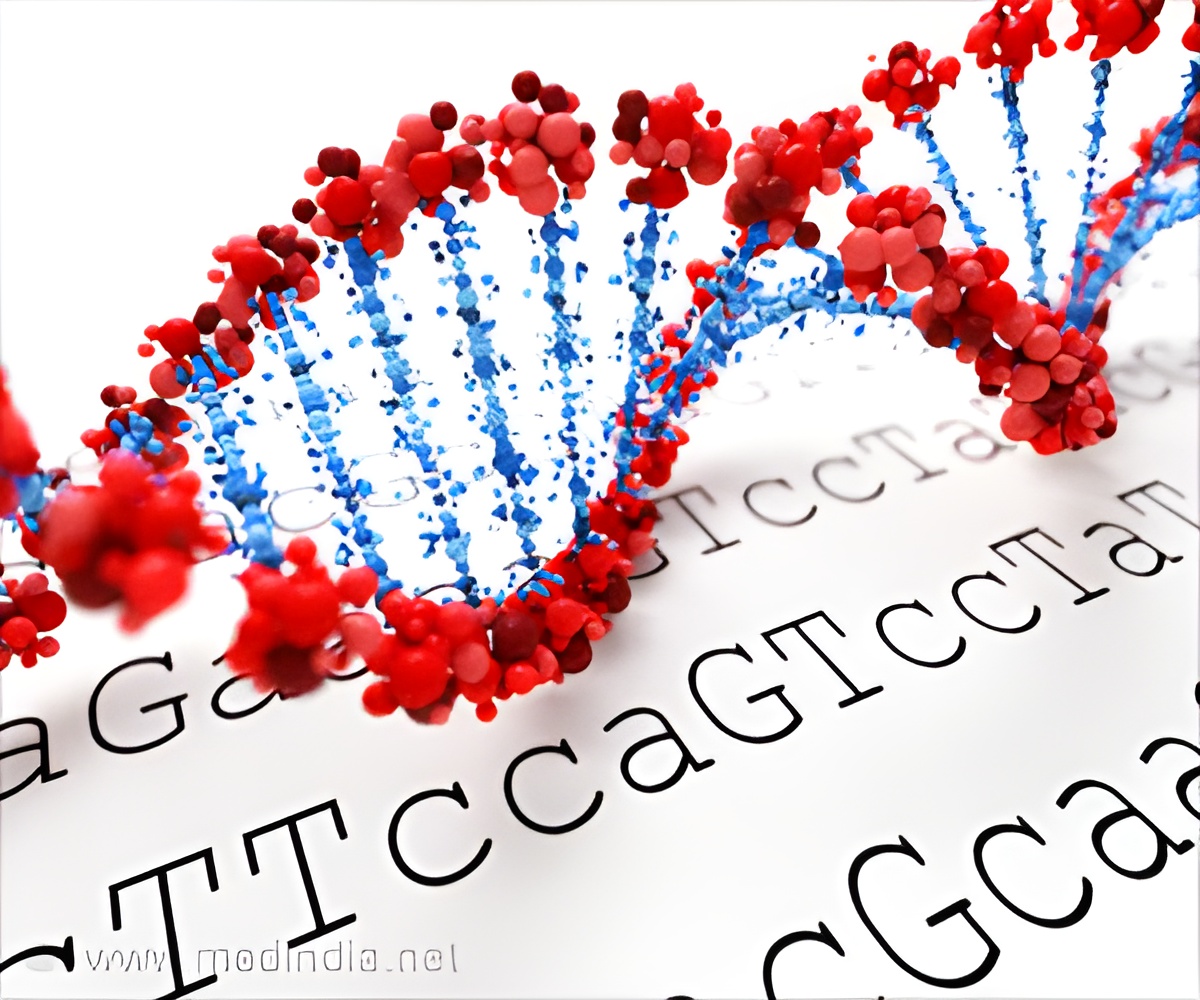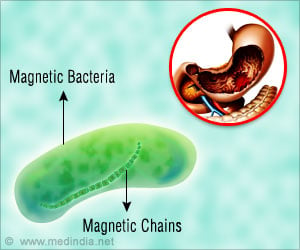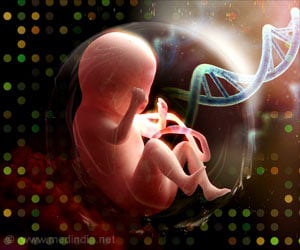
‘GenomeSpace, a cloud-based, biologist-friendly platform connects more than 20 bioinformatics software packages and resources for genomic data analysis. Researchers are now developing and crowdsourcing 'recipes' - step-by-step workflows - to better enable non-programming researchers to interpret their genomic data.’
Tweet it Now
The team is now developing and crowdsourcing 'recipes' - step-by-step workflows - to better enable non-programming researchers to interpret their genomic data. The work is described in a paper published in Nature Methods. Jill Mesirov, associate vice chancellor for computational health sciences and professor of medicine at UC San Diego School of Medicine and Moores Cancer Center, said, "Now that new sequencing technologies can produce significantly greater amounts of data than they could a decade ago, the methods required to analyze that data must be correspondingly more powerful. The problem is that only a small portion of the biomedical research community has the expertise to know the right method, or combination of methods, to solve their research questions and the best way to apply those methods to their data."
Before GenomeSpace, it was extraordinarily difficult for researchers, especially without programming skills, to get many of the available analysis tools to work together. Users needed to know how to write short computer programs in order to transform and transfer data between platforms. GenomeSpace now performs this service seamlessly with a user-friendly interface, connecting popular genomic data analysis tools such as Cytoscape, Galaxy, GenePattern and the Integrative Genomics Viewer (IGV). Several of these tools are themselves 'tool aggregators', so in linking them, GenomeSpace provides access to hundreds of bioinformatics analyses.
What's more, GenomeSpace doesn't just leave users on their own to determine the best tools for their particular research questions. The site also provides 'recipes' - easy-to-follow example workflows that clearly demonstrate the sequence of tools researchers should use to get the information they are looking to extract from their raw data. GenomeSpace currently provides 13 recipes. The platform's developers are now inviting the user community to contribute their own additional recipes.
Michael Reich at UC San Diego School of Medicine, who leads the GenomeSpace development team, said, "No individual lab can possibly develop all the right useful recipes - crowdsourcing will help make GenomeSpace even more useful to non-programming researchers."
Advertisement
This type of information provided by GenomeSpace could help the researcher better understand how leukemia develops and help identify possible targets for new therapeutics, said Reich.
Advertisement
Source-Newswise









